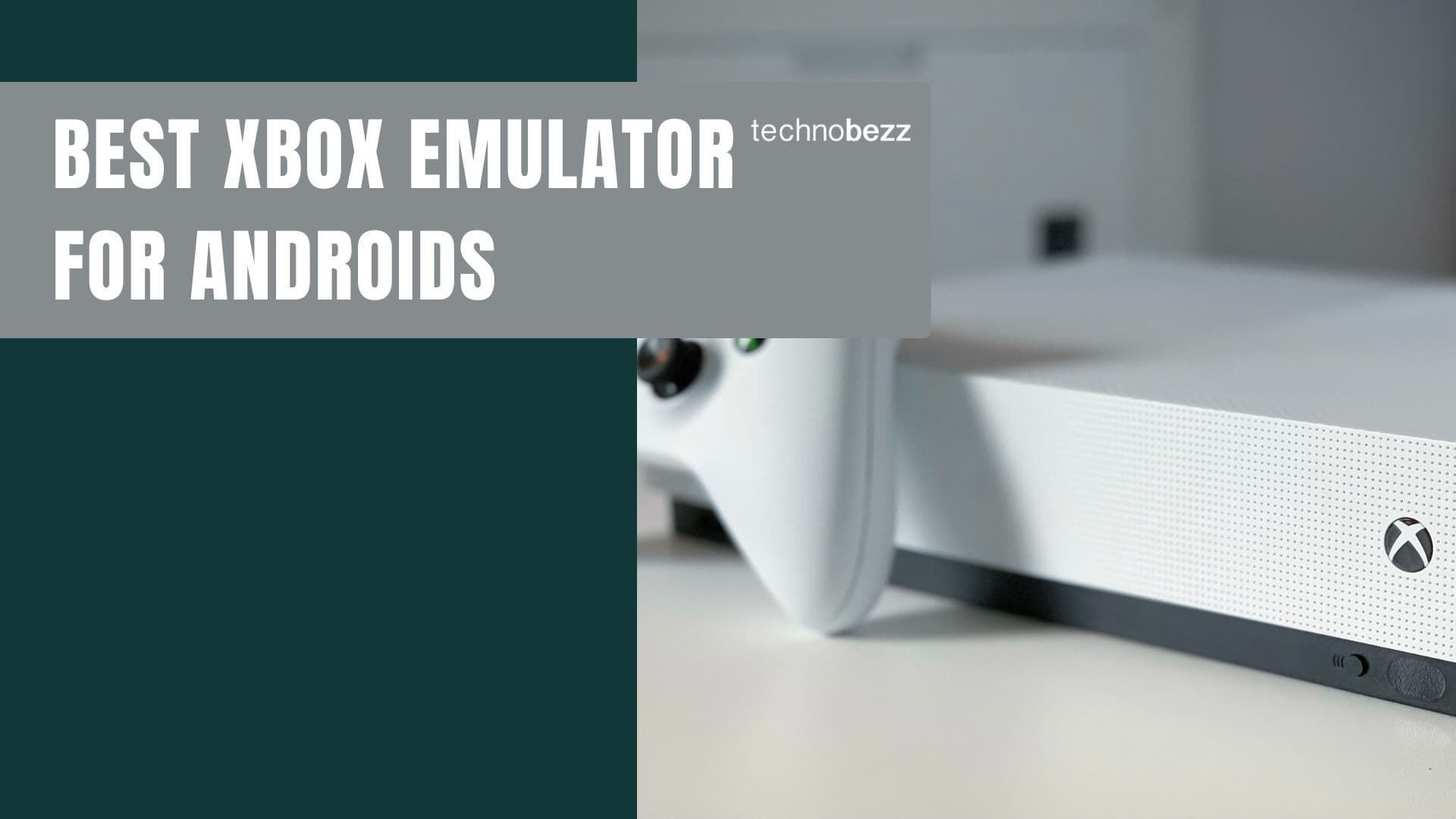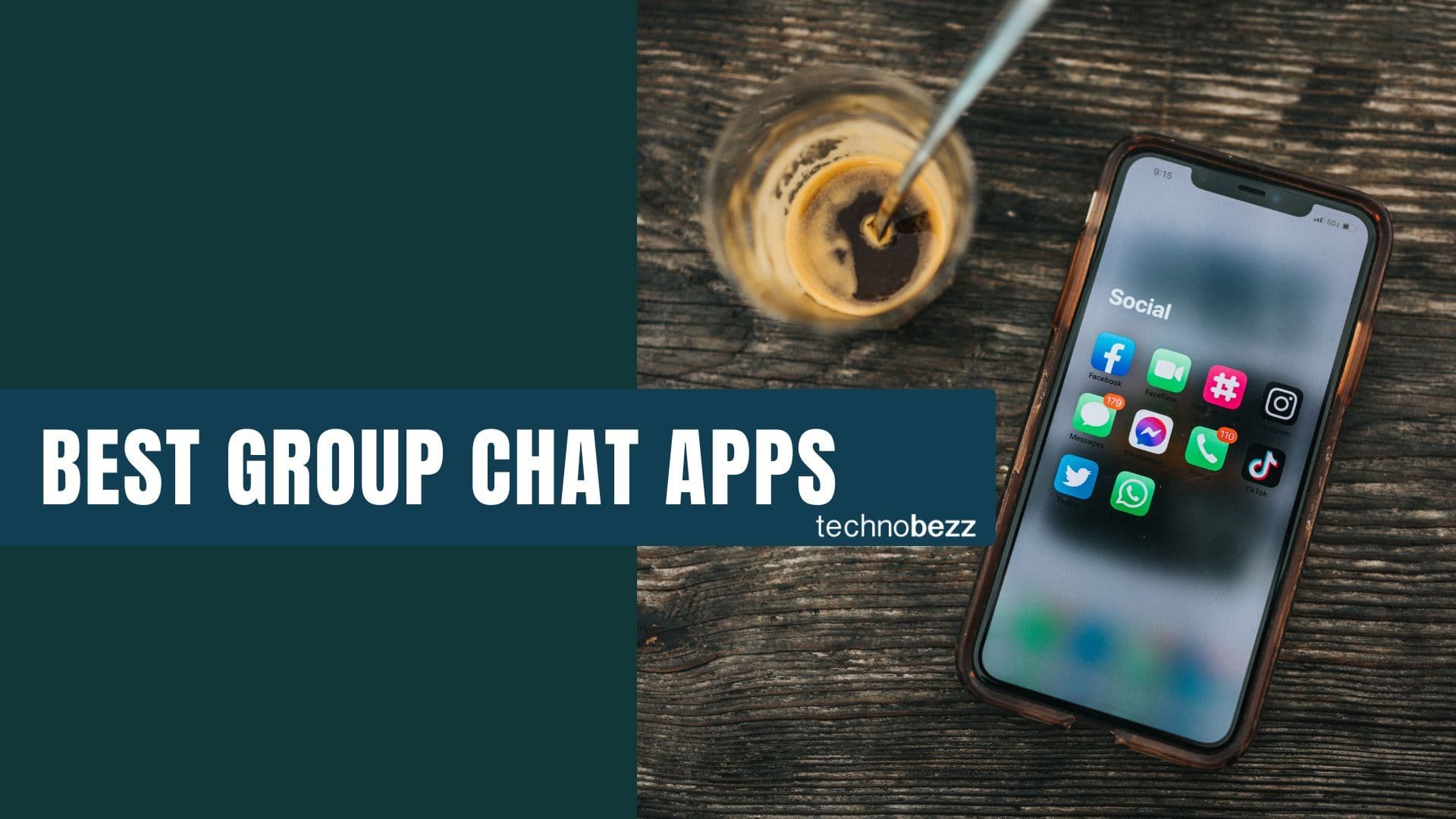Android L Is More Than Awesome. It’s Like A Small Dream. But Unfortunately, You Won’t Be Having It
In the last Google I/O, we were presented with an upcoming Android operating system Android L. And since it’s announcement last September, it has already been released as a developer preview operating system, and has already seen two releases since then.
Android L
The one thing that we always wanted, is consistency with the animations, and the transitions of the apps that are connected with each other. If they are not consistent, it simply does not makes sense to be connected with another app.
Android L is all about improvements, and consistency of those animations and transitions. This helps us realize how the different parts of different apps are connected with each other, and they are not just fluff that is being mentioned in their description to attract a download.
And typically, with every new Android release, we will be seeing it first being released on new hardware, such as the Nexus 6, Nexus X or the Nexus 9, and then shorty after the other recent devices will see this new update. While that might seem like a sweet cookie to everyone using Google’s device (Nexus, Motorola, etc.), but that’s when the things will start to fall apart.
If you have been noticing Google through an eagle’s eye, you will have already noticed that they only update the software of their devices which were launched within the last 18 months. So this simply means, that the Nexus 4, Nexus 7 and the Galaxy Nexus will not be receiving the Android L update, which can be kind of frustrating for some people. And there’s nothing much we can do about it, even though we believe that the hardware is still capable of running the latest OS.
But there’s something that is more frustrating than that. It is the support of the OEMs.
OEMs
Here’s a video preview of Samsung’s take on mashing up the Android L and their TouchWiz on the Galaxy S5. We do want to believe that this video preview is really old, but we still don’t know the exact date when it was shot. And if you see it, you will notice how slow, and filled with bugs it is that Samsung has already decided not to release it to the public. Considering the fact that the hardware of Galaxy S5 is above the par, we wish that Samsung would put in a lot of effort to make their new update less buggy as possible.
You see, when it comes to companies that provide OEMs of Android, they don’t really put that much time and effort into making it less bug-ridden. And if we view it from their point-of-view, you will realize that they are doing the right thing, because if they are investing 1 hour on focusing on updating the OS for their older hardware, they are not using that time to improve their new and upcoming products that could potentially add revenue.
It is highly likely that the latest flagships from all the OEMs will be running on Android L (or whatever they might like to call it). But we have to face the fact that those OEMs will only be released after the official Android L release on Google’s own hardware. And it is that “after” that frustrates the people.
See also – No Pipelines. Data Encryption Out-Of-The-Box In Google Android L
We all accept that those OEMs are not that great, because they do have to add their own “customizations” to the new OS, and make sure that all their pre-existing apps are also updated to the new Design of the OS. And then the carriers come into picture wanting to add their own “features” (WiFi calling, tethering apps, etc), then test them, sign-off, and then update it before it is made available to their network users. Or in worst cases, they update the OS after releasing it to their users with the added functions and customizations. This only adds to the timeline that it takes to release an OEM of Android, and it just keeps growing.












